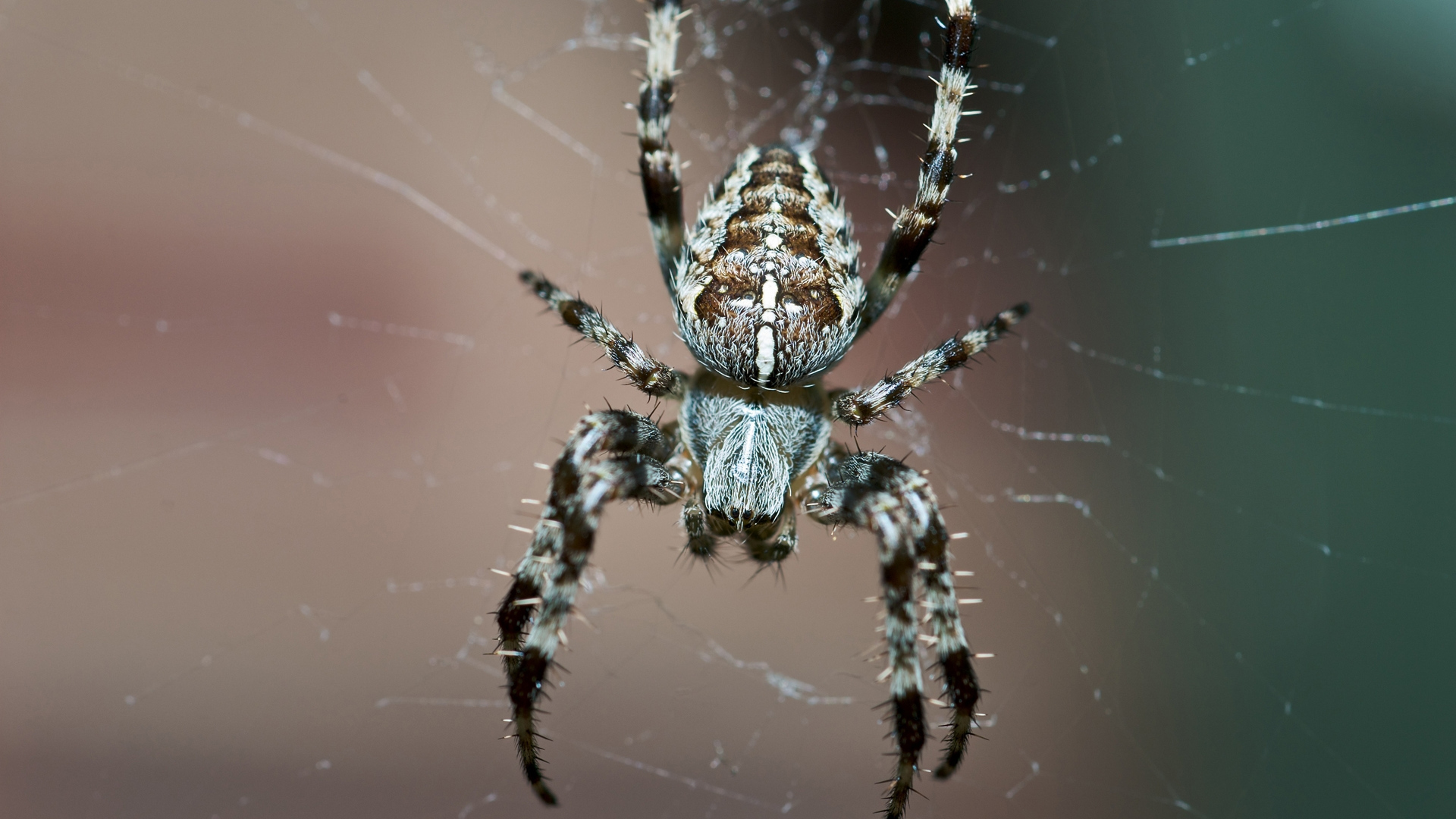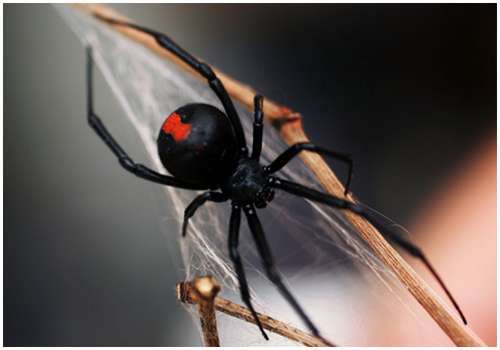Facts, Identification & Control
House Spiders occur throughout the world and have derived their name from their presence inside human dwellings.
 A number of species are classified as house spiders, although the common house spider is the most recognized. These arachnids are also sometimes referred to as American house spiders.
A number of species are classified as house spiders, although the common house spider is the most recognized. These arachnids are also sometimes referred to as American house spiders.
Top 10 facts
- Spiders are arthropods, like insects – they have an exoskeleton that is on the outside of their body instead of the inside (unlike humans).
- There are around 40,000 known species of spiders.
- There are a few main differences between spiders and insects, and one of these is the number of legs – all spiders have eight legs.
- Spider bodies are made up of two main parts – the cephalothorax and the abdomen.
- Spiders create silk from spinneret glands in their abdomen.
- Spider silk is extremely strong, and has a number of different uses.
- One of the ways spiders use silk is to create webs, which catch prey.
- There are a few different kinds of spider webs, such as orbs, funnels and sheets.
- Not all spiders catch their prey in webs – some hide and wait for insects to come by.
- Spiders lay eggs, and store them in an egg sac to keep them safe.
Appearance
What do they look like?
- Size: Female common house spiders measure 5 to 8 mm in length, while males measure only 4 mm.
- Color: Common house spiders are typically brown or gray in color, with darker chevron markings along their bodies.
- Body: A house spider’s body is divided into the cephalothorax and the abdomen. Like scorpions, mites and ticks, house spiders are wingless.
- Eyes: Eight, single-lens eyes
How Did I Get Common House Spiders?
Common house spiders invade homes while searching for warmth and food. They feed on small insects and love hiding inside cluttered rooms or other rarely used spaces.
Window cracks and open doors provide easy entry points, but spiders often sneak in through small holes in walls or floors.

Where do they live?
Common house spiders are abundant in dark or musty areas, such as basements, crawlspaces, attics, and closets.
Signs of a House Spider
Signs of house spider infestations include the spider and their webs.
